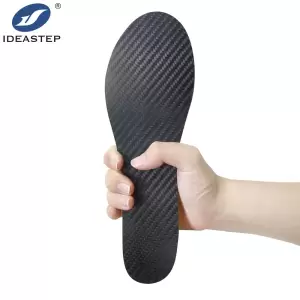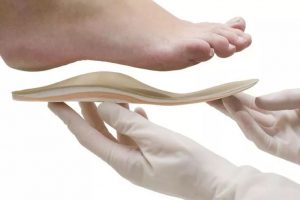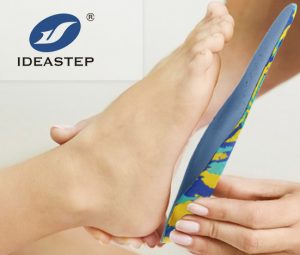In the Internet era, everyone is a disseminator of information, but we must be clear: we must not spread rumors at will before we get real confirmed news, which can easily lead to a situation of false transmission.
Orthotic insole leg type
With the efforts of the public security organs, the Quanjian incident, which caused a lot of noise before, finally came to an end.
However, Quanjian’s family is not the only one who sells health insoles. Many people claim to be able to treat O-shaped legs. Does the insole have any medical effect? On the other hand, novice parents often worry about whether their child’s O-shaped legs are used. Do diapers matter? Some people have even suggested that they can bind the baby’s legs and correct the shape of the legs.
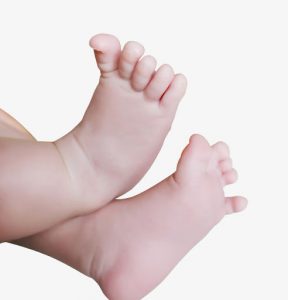
To answer these questions, you must first ask: What is an O-leg?
The O-shaped leg is what we often call the looped leg, which is opposite to the X-shaped leg. The diagnosis method is also very simple: the first stand naturally, then the heels and heels come together, and the soles and soles of the feet come together. In this process, if the calves collide before the knees are brought together, it is an X-shaped leg, which is clinically called knee valgus; if there is a certain distance between the two knees after the calves are brought together, it is an O-shaped leg. It is called knee varus. As for the severity of the condition, X-rays can be taken and judged based on the angle between the tibia and the femur; or the distance between the two knees can be directly measured. When standing naturally, the farther the distance between the two knees, the heavier the O-shaped leg.![]()
According to the reasons, O-shaped legs can be divided into three categories.
One is physiological. Because the size of the uterus is limited, the fetus must be properly curled up, so newborns have bound legs. With growth and development, the O-shaped legs will gradually ease; after two and a half years of age, they will turn around again, and X-shaped legs will begin to appear. Generally speaking, children’s leg shapes do not begin to change to adults until the age of 6, and by the age of 10, most children’s leg shapes are normal.
The second category is caused by sports. Early participation in sports training or improper use of walkers may cause O-shaped legs. Especially for the latter, many parents are afraid that their children will lose on the starting line, thinking that walkers can help children learn to walk. In fact, walkers will not only interfere with the normal learning to walk but may also cause injuries such as falling stairs.
The third type is pathological. For example, severe vitamin D deficiency can cause rickets, which can lead to abnormal leg shapes.
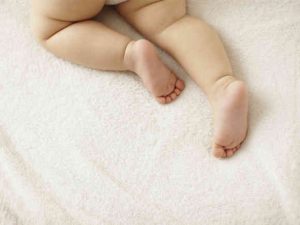
So, which O-shaped legs need treatment?
The key is the symptoms. If after 7 years of age, the O-shaped legs are still not alleviated, or after 2 years of age, the O-shaped legs have worsened, or the degree of bending is too heavy to affect walking, and the height is significantly lower than the average level. Corrections should be considered.
There are two correction methods. One is surgical treatment. The operation is more traumatic to the human body, so there are strict indications-generally the knee distance is greater than 10cm before it needs to be considered.
Corrective insoles are non-surgical treatments. You can try to simulate an O-shaped leg. After the distance between the two knees is stretched, the foot will adjust accordingly. The use of supporting insoles may have two benefits. On the one hand, support can improve the stress on the soles of the feet and reduce pain. Studies at home and abroad have confirmed this.
On the other hand, it is traditionally believed that corrective insoles can force the calf to rotate internally and passively change the development of the lower limbs, which can relieve symptoms to a certain extent. However, there is no way to conclude at present if you want to achieve the effect of a thorough correction.
![]()
![]()
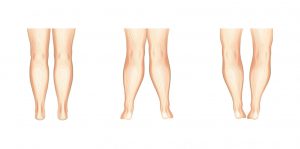
In short, whether it is an O-leg or other diseases, the first thing to do is to clarify the definition, and it is best to consult a professional; only after knowing the symptoms can you understand the pathogenesis, and then judge whether a certain treatment is appropriate; finally, it is best to find domestic and foreign Research the data, how safe is it, what is the long-term effect, etc. It is good to meet these standards, otherwise, no matter how the business brags, don’t believe it.


